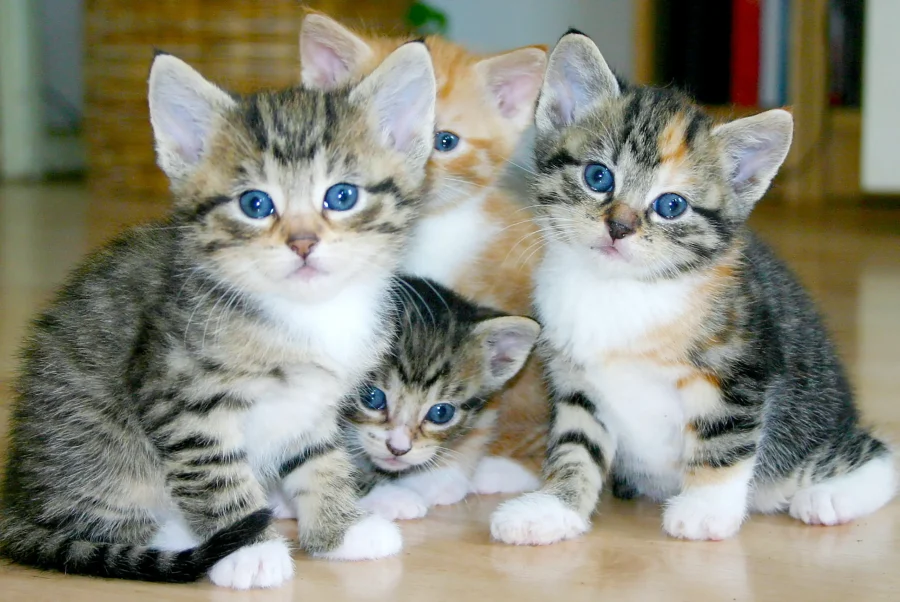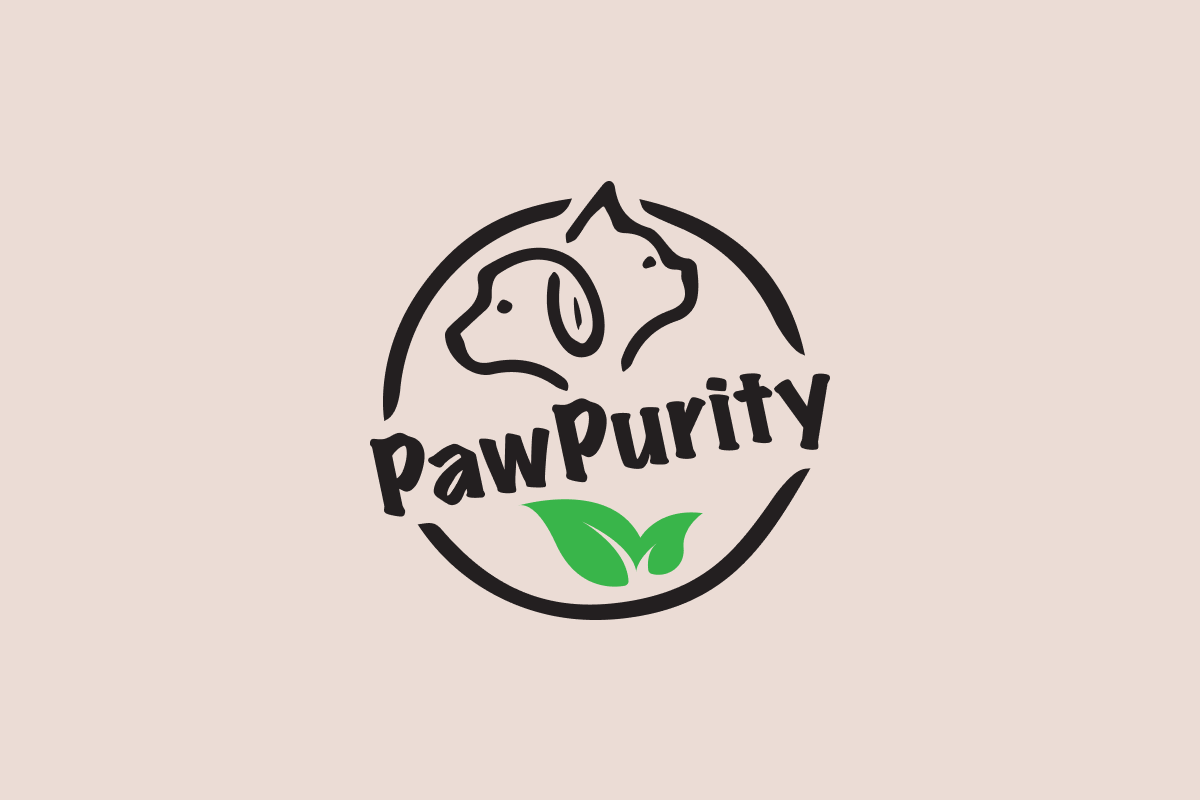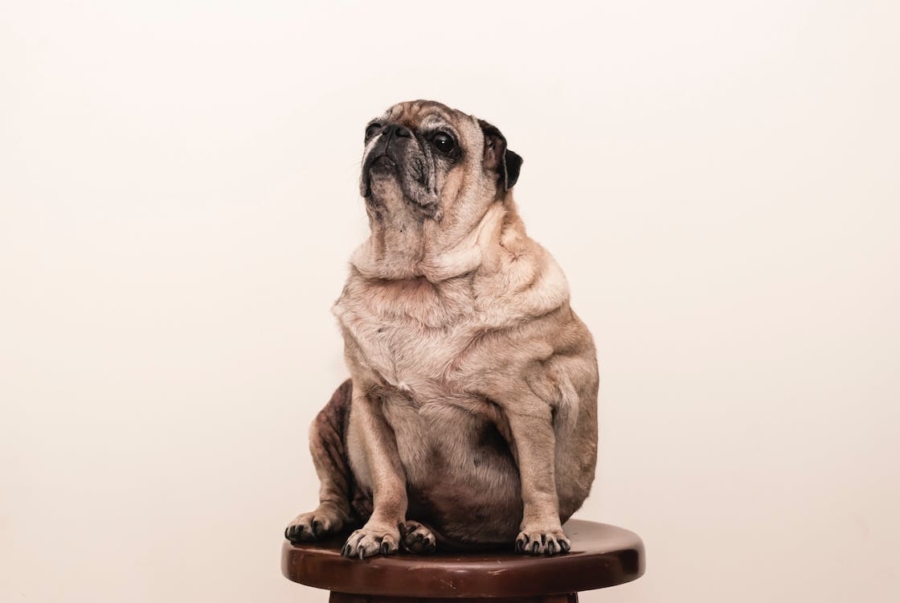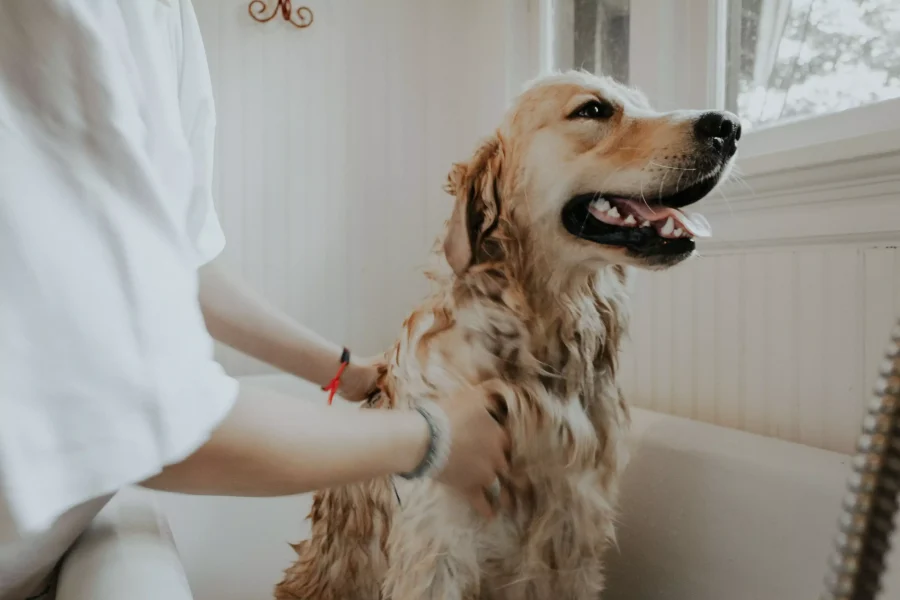Fleas are a common problem for both cats and dogs. Kittens, in particular, can be super susceptible to flea infestations as they have not yet built up the immunity that older cats have. Flea shampoos are one way to deal with a flea infestation by killing and repelling them. However, it is essential to use a safe shampoo that will not harm your furbaby and these are hard to find. This blog post will discuss the best flea shampoos for kittens and how to use them safely.
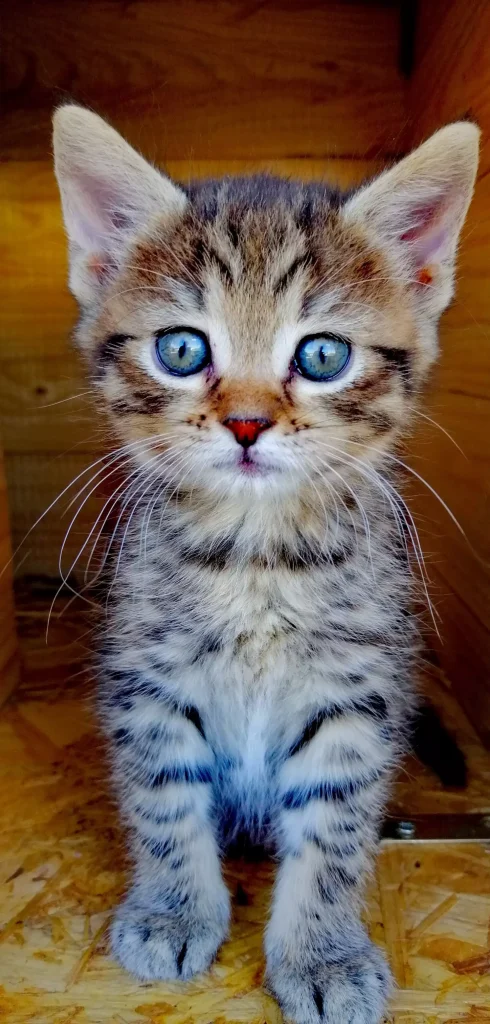
Flea Health Problems for Kittens
For many pet parents, dealing with fleas is a part of life. But when it comes to kittens, fleas can pose serious health risks.
Kittens are especially vulnerable to flea-borne diseases like typhus and bartonellosis. And even if your kitten doesn’t contract a disease from fleas, an infestation can still lead to anemia and other health problems. This is why it’s so important to prevent fleas in the first place. And if your kitten does get fleas, you’ll need to take quick action to remove them and treat any resulting health issues.
Why Should You Only Use Safe Flea Shampoo for Kittens?
While many products on the market claim to kill fleas, not all are flea shampoos that are safe for kittens. In fact, some of the most popular flea shampoos contain chemicals that can be harmful to your kitten’s and even adult cats’ health. That’s why it’s essential only to use safe yet effective flea shampoo when bathing your kitten.
Look for products specifically designed for kittens and contain natural ingredients like ginger, rosemary, cedarwood, lemongrass, and other flea repellent natural herbs and oils that are formulated in a way that won’t disrupt your kitty’s ph level and natural oil balance. These products are gentle on your kitten’s skin and won’t cause harm if accidentally swallowed or licked off during your furbaby’s self grooming.
Repelling Ingredients in Flea Shampoos That are Safe for Kittens
When choosing a flea shampoo, you want to make sure you are using a gentle product for your kitten’s delicate skin. Here are a few ingredients to look for in a flea and tick shampoo for kittens that are safe and effective in repelling insects:
- Cedarwood is an essential oil with antibacterial and antifungal properties, yet it’s toxic to fleas, ticks and mosquitoes. Plus it has conditioning agents.
- Rosemary is a herb with antimicrobial properties that can help keep your kitten’s skin healthy and free of infections. Insects will avoid Rosemary at all costs.
- Lavender is an essential oil known for its calming effects, which can help to reduce stress and anxiety in your kitten. It is also believed to have insecticidal properties, making it effective against fleas.
- Lemongrass is one of the best choices for flea and tick prevention. Properly formulated with other ingredients, it is an excellent fur/hair conditioner.
- Witch Hazel is an excellent mosquito repellent and also effective in relieving the pain from insect bites.
Say “NO” to Unsafe Ingredients!
There are many ingredients in flea shampoos that can be harmful to kittens. Some of these ingredients include pyrethrins, organophosphates, and methoprene.
- Pyrethrins are neurotoxins that can cause seizures, respiratory distress, and even death in kittens.
- Organophosphates are also neurotoxins that can cause vomiting, diarrhea, and difficulty breathing.
- Methoprene is an insecticide that can cause skin irritation and respiratory problems.
Kittens should never be exposed to a flea shampoo that contains any of these ingredients. If your kitten has fleas, there are safer alternatives available. Try using PawPurity Natural Flea Shampoo for Dogs & Cats enriched with organic and soothing ingredients for your little ones.
How to Bath Your Kitten With a Safe Flea Shampoo?
The best way to do keep fleas off your kitten is to bathe it regularly with safe flea shampoo. Here’s how to do it:
- Look for a shampoo specifically designed for kittens or marked “safe for all life stages.”
- Wet your kitten’s fur entirely with warm water. Be sure to avoid getting water in their ears or eyes.
- Apply the shampoo according to the directions on the bottle. Usually, you will need to use more shampoo for a thick-coated kitten than you would for a short haired one.
- Massage the shampoo into your kitten’s fur and skin, being careful not to irritate their skin with your nails.
- If your kitten already has fleas, use a flea comb while the shampoo is still working to kill the pests. This will ensure you get them off and the flea shampoo will attack the rest.
- Rinse the shampoo out thoroughly with warm water. Again, be sure to avoid getting water in its ears or eyes.
- Towel dry your kitten and brush their fur if necessary. If your kitten is very young, you may need to help them stay warm until their fur is completely dry.
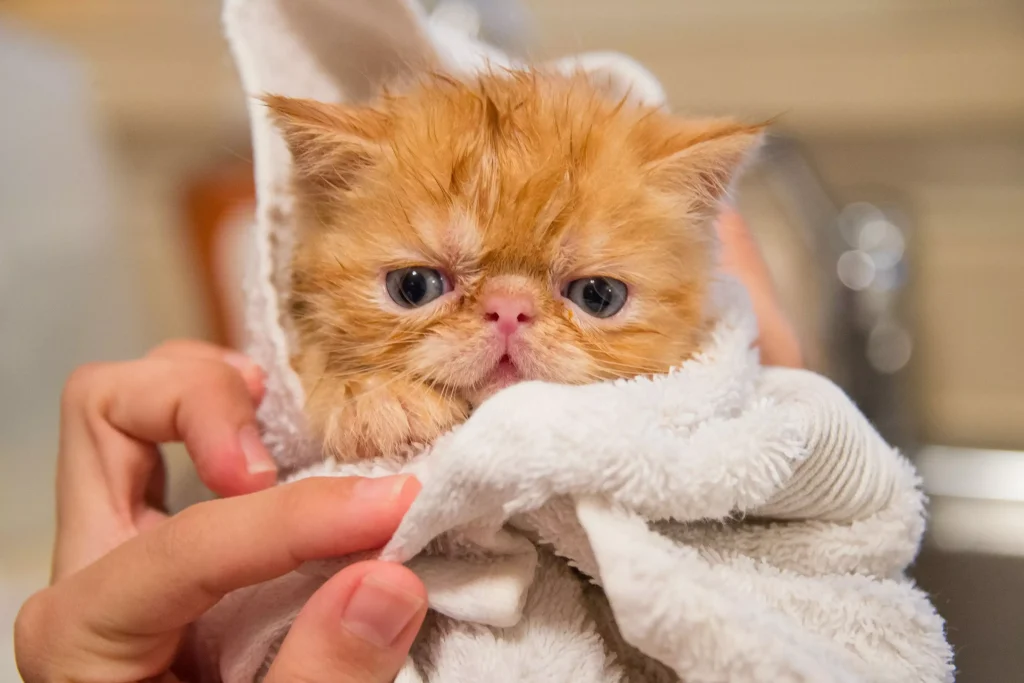
Quick Questions
How often should you give a bath to your kitten?
Bath time for kittens should be a fun and enjoyable experience for you and your furry friend. But, we all know this isn’t the case and typically try to avoid this bathing as much as possible. So, the question is, how often should you give your kitten a bath?
The general rule of thumb is if your cat has fleas, once every week should suffice or, if it’s a major infestation, even more often. If your kitten gets dirty or starts to develop an odor, then it’s probably time for a bath. If you have a long-haired kitten, you may need to bathe them more often to prevent mats and tangles from forming in their fur. You should also pay close attention to your nails and trim them regularly.
How to wash your kitten without stressing it out?
- First, choose a quiet time when there won’t be any distractions or loud noises that could startle your kitten. Ensure the room is warm, so it doesn’t get cold during the bath.
- For many kittens, bath time can be scary. You may want to try supporting your kitty’s bottom while putting your furbaby in a sink with a small amount of warm water with a toy to start. This will get it used to being in water.
- Use a cup or pitcher to pour water over the fur, being careful not to get water in its ears or eyes.
- Once your pet is wet, apply a small amount of pet shampoo to the fur and massage it in gently.
- Rinse thoroughly with lukewarm water until all the soap is gone.
What are the dangers of using low-quality flea shampoo for kittens?
Flea shampoo is a standard treatment for kittens with fleas and to ensure they don’t pick them up. However, using regular low-quality flea shampoo for kittens can be dangerous. The shampoo’s chemicals can harm the kitten’s skin, and eyes and, if used frequently, eventually their organs. Also, some ingredients in low-quality shampoo are not meant to be ingested and since kittens groom themselves, this needs to be taken into consideration. If a kitten ingests the shampoo, it can be toxic. In addition, flea shampoos often do not kill all of the fleas on the kitten, which can lead to re-infestation. It’s better to repel fleas and ticks than treat an infestation. Again, prevention is key.
Bundle Up
Shampoos are an essential part of caring for your young one. Flea shampoos safe for kittens can help keep them clean and free of fleas, but choosing a safe and effective product that nourishes the skin and keeps it healthy also is important. Some shampoos contain harsh chemicals that can harm these little furbabies, so it is important to read labels carefully before purchasing. By taking these simple steps, you can help ensure that your kitten stays healthy and happy.





